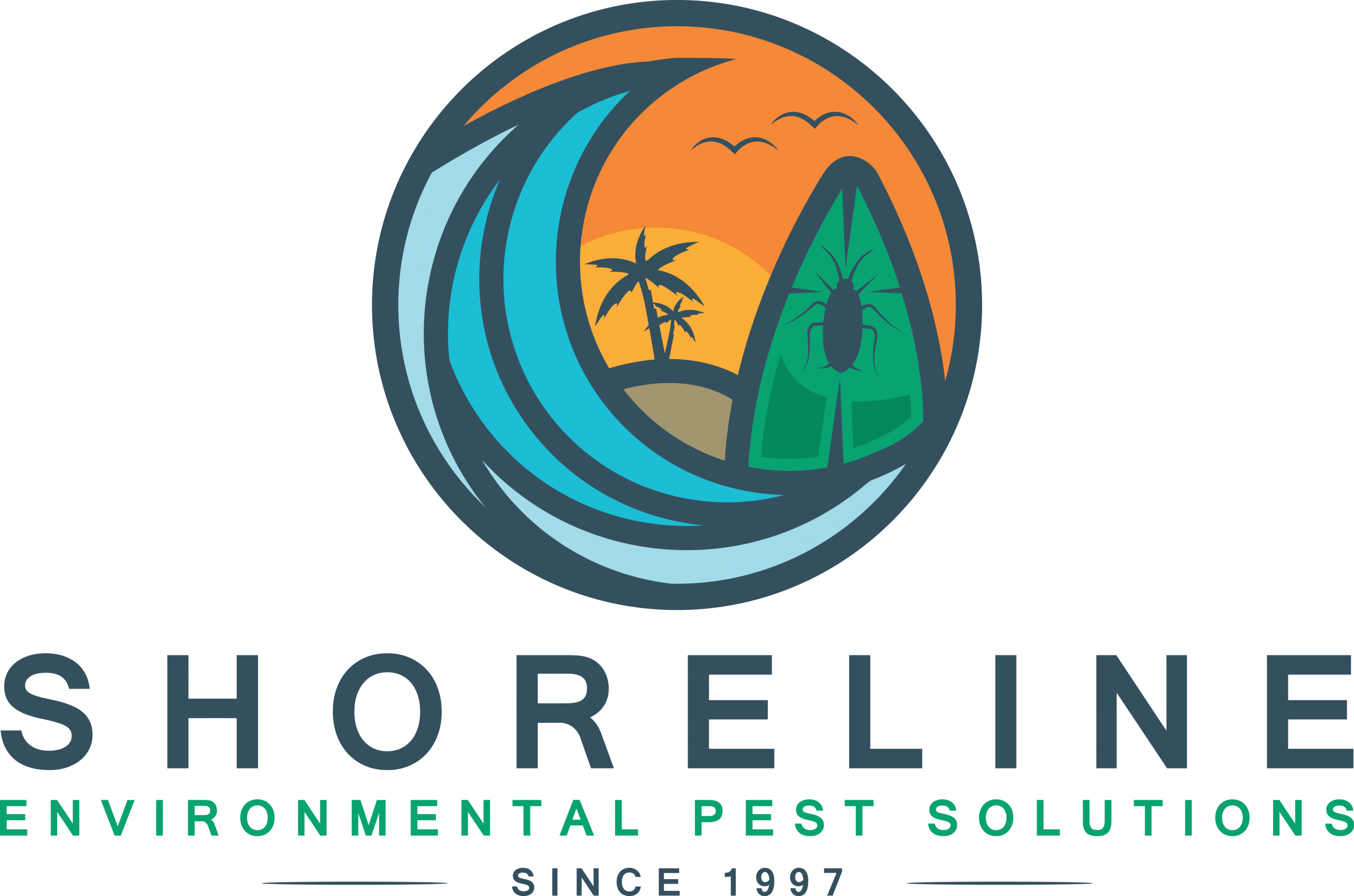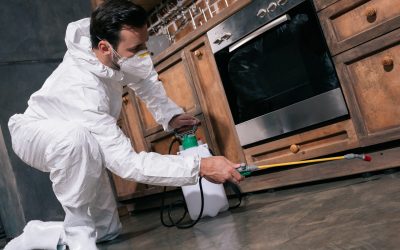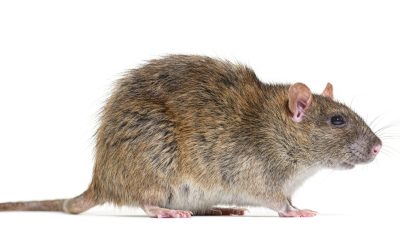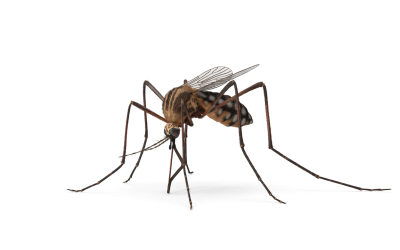Did you know that most subterranean termites live and breed underground? Their colonies can consist of over a million termites, with an average of 4-8 colonies per acre. That is four to eight million of the most destructive type of termite living just a few feet away from your foundation.
Subterranean termites can have a severe impact on your West Palm Beach property. However, there is help available. A proper inspection performed can reveal visible mud tubes, determine which access points to protect, and successfully eliminate active infestations.
Shoreline Environmental Pest Solutions technicians face colonies of termites that often consist of workers, soldiers, and winged reproducers. With a society that gets surprisingly more complicated as you identify the species found on your property. The worker caste is made up of sexually immature male and female termites; they are cream-colored, do not have wings, and are about 1/8th- inch long.
Soldiers work to defend the colony with black mandibles, a larger head, and darker body, relying on workers for food. Depending on the species, 1 to 10% of the entire colony can comprise of soldiers. With adult winged termites called alates or swarmers that have a darker, thicker cuticle that helps them prevent water loss better. It is a swarmers job to leave the colony, develop into primary reproductives and take on the role of king or queen for their newfound colony.
Shoreline Environmental Pest Solutions understands how termites convert cellulose into available food, making items such as paper, fiberboard, cotton, wood, or plant fibers a primary food source. They often start with wood that has direct contact with the ground. However, it is possible for termites to build mud tubes that extend 50 to 60-feet in all directions to reach food or water sources that exist on your property.
The professional pest control technicians at Shoreline Environmental Pest Solutions inspect your property thoroughly, searching crawl spaces, attics, and external surfaces for signs of infestation. Two forms of treatment produce successful results when dealing with this type of problem.
Using a chemical called Termidor, technicians form a perimeter around your home, creating a subtle dam or trench, three inches deep. As termites pass through the solution placed in the trench, they groom and feed others passing by, spreading the active ingredient called Fibronyl throughout the colony. We also use Sentricon, placing soil treatments about every 8 to 10-feet around your home, creating food sources that contain termiticide to help eliminate infestations.
Contact Shoreline Environmental Pest Solutions today to receive the professional pest control services you deserve. (561) 907-8629




0 Comments